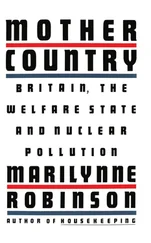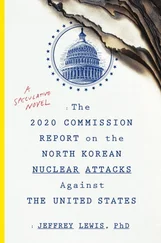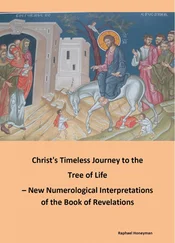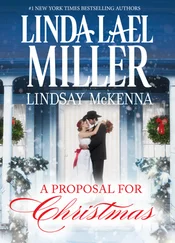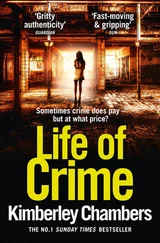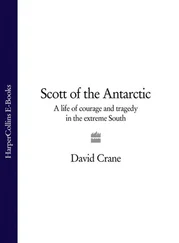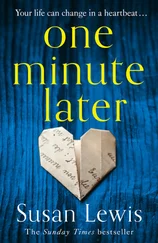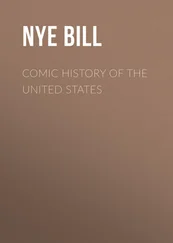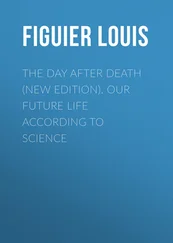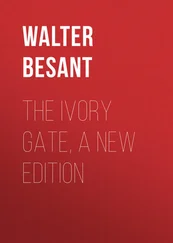Dent enunciated the principle of equality of opportunity in a series of powerful leading articles that coincided with both Butler’s and Beveridge’s appointments. What was needed was ‘total reform based on a new conception of the place, status and function of education in a democratic State, not a patching and padding of the present system’. An opportunity was present ‘which may not recur for centuries – if ever’. The present system, he said, ‘has been a most effective safeguard of the social stratification we all in our heart of hearts bow down to and worship’. There would be ‘the strongest and bitterest opposition’ to change and those seeking it would need to be resolute – ‘ruthless if need be’. He was to argue elsewhere, ‘we can look for no permanent new order in society unless we have a new order in education.’ 45And in the final leader of the series, he declared, ‘the full working out of the principle of equality of opportunity will involve changes in the social order extending far outside the field of education’. 46
These changes were being born in the war, and Dent was far from unrepresentative. On 21 December 1940, the Archbishop of Canterbury, the Roman Catholic Archbishop of Westminster and the Moderator of the Free Church Federal Council wrote to The Times stating that the churches jointly sought, among other aims as ‘the Foundations for Peace’, the abolition of extreme inequalities of wealth and possessions, but also that every child, regardless of race or class, should have equal opportunities of education suitable for development of their particular capacities.
Meanwhile, the Board of Education’s officials had not been idle. In November 1940, the board’s permanent secretary Sir Maurice Holmes set up a planning group of senior officials, minuting that: ‘It is clear from references in the press that other persons and bodies have ideas on post-war educational reconstruction and I think this is a matter in which the Board should lead rather than follow.’ 47With the approval of Herwald Ramsbotham, Butler’s predecessor, who was eager to introduce reform, the officials (many of them evacuated to the Durley Dean Hotel in Bournemouth for the duration of war) drew up what became known from its cover as the ‘Green Book’. It was meant to form the basis of preliminary talks with interested parties on a possible post-war educational settlement and was compiled under the direction of R. S. Wood, the board’s deputy secretary. In January 1941 he minuted: ‘we may assume that responsibility for the direction of the nation’s effort in the immediate post-war years will remain in the hands of a National Government prepared to face radical changes in our social and economic system and contemplating not merely restoration or a return to normality, but reconstruction in a very real sense … while policies will have to command the support of the main elements in all parties, it is clear that the war is moving us more and more in the direction of Labour’s ideas and ideals.’ 48
By June 1941 the Green Book was being distributed. It had the rubric ‘highly confidential’ stamped on its cover, but as one academic later observed, it was put about ‘in such a blaze of secrecy that it achieved an unusual degree of publicity’. 49One of Butler’s early acts was to publish a summary of its contents and to disclose that an inquiry into a secondary school curriculum suitable for education up to fifteen was under way under Sir Cyril Norwood.
The man who at this point took over education was to become not only one of the dominant figures in post-war Conservative politics, but one of those who in the 1940s steered the Tories into the post-war Middle Way consensus. Already chairman of the Conservative Committee on Post-War Problems, R. A. Butler was thirty-nine at the time of his appointment. A man of urbane charm mixed with fierce intelligence and a certain telling asperity, he was the product of Marlborough and Cambridge. His father was Sir Monty Butler, an Indian civil servant from a long line of scholar-administrators who became Master of Pembroke College, Cambridge (Rab himself later becoming Master of Trinity). The family included a string of Cambridge dons, two headmasters of Harrow, a tradition of high-minded reformism and links across the breadth of British life. Butler’s father-in-law, for example, was Samuel Courtauld, the reforming industrialist who had signed the National Policy for Industry produced just before the Beveridge report. Paul Addison judges that Butler ‘understood the domestic consequences of the war better than any other Conservative minister’. 50
His early meetings with the churches took place because they remained the great stumbling block to reform. Since the turn of the century the Church of England’s role in education had declined, largely because of its need to match support from the rates with voluntary efforts. The number of schools it ran was down by a quarter to 9000, and the proportion of pupils it was educating had fallen by half to 20 per cent as local authorities built up the state schools. These, however, were concentrated in the more populous urban areas; many of the C of E schools were in villages where the local parson provided religious instruction and the local Tory squirearchy raised much of the funding. Often they were the only schools in such areas, causing resentment among Nonconformists and Catholics who were forced to subject their children to the firmly Anglican bent of much of the education.
The proportion of Nonconformist schools had also declined, but the Roman Catholic influence, by contrast, had strengthened. Their school total had risen by 200 to 1200 over the same period and they were educating, at primary or elementary level, 8 per cent of the children. Between them in 1939 the churches still ran more than half the schools in England and Wales, though catering for well under half the pupils. In almost every way, however, the 1,250,000 children in these voluntary schools were getting a worse deal than the 3,000,000 in state schools. ‘Their buildings were older, their classrooms more antiquated, their amenities in every way inferior.’ 51
There were further complications. The 1926 Hadow report had been implemented to the extent that elementary ‘all age’ schools were in theory being reorganised into proper primary and secondary schools. That meant new buildings. But the churches had difficulty finding the necessary capital, so many of their schools remained small, inefficient and largely unreorganised, taking children up to fourteen and even older. 52Any attempt to raise the school leaving age to fifteen or even – the ultimate aim – to sixteen was bedevilled by the churches’ inability to find the capital to make that a reality. Any serious attempt at secondary education for all meant either providing much greater direct support for church schools, risking raising again the barely dormant cries of ‘Rome and Canterbury on the rates’, or asking the churches largely to withdraw from education after the age of eleven. They would not contemplate the other possibility – handing over their schools wholesale to the state. As Butler put it, ‘educational progress would not be possible unless the problem of the Church schools could be solved’. 53
Furthermore, denominationalism put restrictions on teachers. Chuter Ede, for example, a man nearing sixty who had lived through the school religious strife of the first decade of the twentieth century, had been born a Unitarian, but had been taught in a Church of England school. He went on to become a teacher, and both managed a C of E school and had been chairman of the county council which helped finance it. But short of changing his religion he could never hope to teach in it. The Free Churches and the increasingly influential and organised National Union of Teachers, whose roots lay in the elementary schools, wanted all schools transferred to direct local education authority control, with the Free Churches favouring Christian instruction but insisting it must be firmly non-denominational. 54
Читать дальше
![Nicholas Timmins The Five Giants [New Edition]: A Biography of the Welfare State обложка книги](/books/701739/nicholas-timmins-the-five-giants-new-edition-a-cover.webp)
